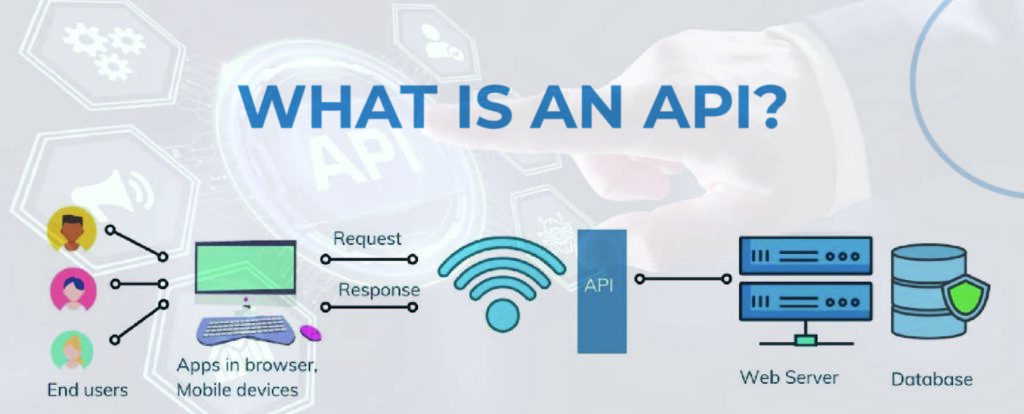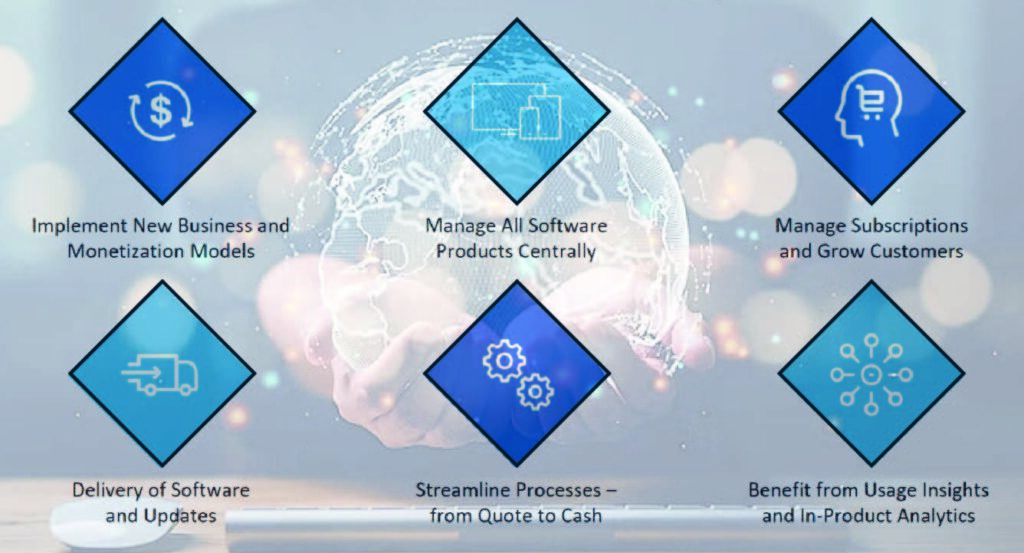
In today’s dynamic business world, productivity is more than a goal; it is a necessity. As companies attempt to simplify processes and remain ahead of the competition, the role of technology becomes increasingly important. API integration simplifies complicated business operations. In this article, we will look at the revolutionary impact of API integration and how it can change the way businesses function, opening the way for smoother workflows, increased efficiency, and enormous expansion.
Table of Contents
ToggleWhat is an API Integration?

Software communicates with one another using an application programming interface (API). For example, when you visit a movie ticketing website to buy tickets and add-ons, the process of entering your personal and credit card information at checkout necessitates the usage of an API. To execute your transaction, the website must contact your credit card provider or bank. API integration provides smooth transactions and transfers. API difficulties vary according to business logic. Let’s take a look at how APIs may help streamline your business processes.
New Strategies of Monetization

API integration is being used by organizations all over the world to develop new monetization strategies and widen company opportunities in order to increase profitability. For example, you may design a bespoke API that allows paying clients to access certain data, content, or services. Similarly, you may create a public API for tiered services such as gold, standard, and premium, with different plans providing different types of services. Your initial plan might provide basic services via API, however additional plans provide a more premium version of the service. This might be a valuable business tool if you want to utilize your existing APIs to provide new solutions to your customers.
Multiple Communication Channels
Companies nowadays are battling tooth and nail to accommodate a wide range of client needs. Your business must handle the large age difference, as millennials, baby boomers, and Gen Zs use chatbots to solve problems. Many firms provide chat services through API integration. If you’re still hesitant to include an online chat option on your website, now is the time to reconsider.
Streamline Backend Billing and Invoicing
When working with various business partners, simplifying the company’s finances is essential. Billing and invoicing become easier to manage with API connection. This may be accomplished by allowing developers to access and integrate these features with other critical apps. Such solutions are often employed by B2B businesses.

Better User Experience
API integration grants developers access to specific data or software services, allowing them to tailor the client experience. This strategy eliminates redundant back-and-forth exchanges while also streamlining client requirements, resulting in increased productivity and higher customer satisfaction. As a consequence, you may easily turn clients into loyal customers, creating long-term relationships based on trust and dependability.
Internal operations operate smoothly
You may simply leverage API integration to automate internal procedures, which improves efficiency and productivity. For example, you may generate tickets using your internal email and a single API. This is just one of many examples of API integration in action.

Outsmarting your competitors
Finding an edge to acquire a competitive advantage has always been the distinguishing factor between successful firms and the others. API integration enables you to provide the greatest tools, services, and experiences to your clients, resulting in loyal customers and brand advocates in both B2B and B2C scenarios. It allows you to motivate imaginative developers to build new company prospects while also improving existing products, systems, and processes.
Conclusion
Finally, API integration serves as a light of innovation in the field of business process improvement. By seamlessly integrating diverse systems and encouraging data flow, it enables enterprises to overcome the constraints of siloed operations and embrace a future of unprecedented efficiency and agility. As organizations negotiate an ever-changing world, smart API integration emerges not as a choice, but as a need for success.
1. Identifying the integration requirements: Determine which data sources, applications, and functionality should be merged.
2. Choosing the Best Integration Tool: Evaluate and select the best API integration tool depending on your needs.
1. Automate repetitive tasks
2. Centralize and synchronize projects.
3. Digitize your paperwork.
4. Communicate Effectively to Avoid Confusion and Misunderstanding.
5. Manage Inventory to Increase Profits.